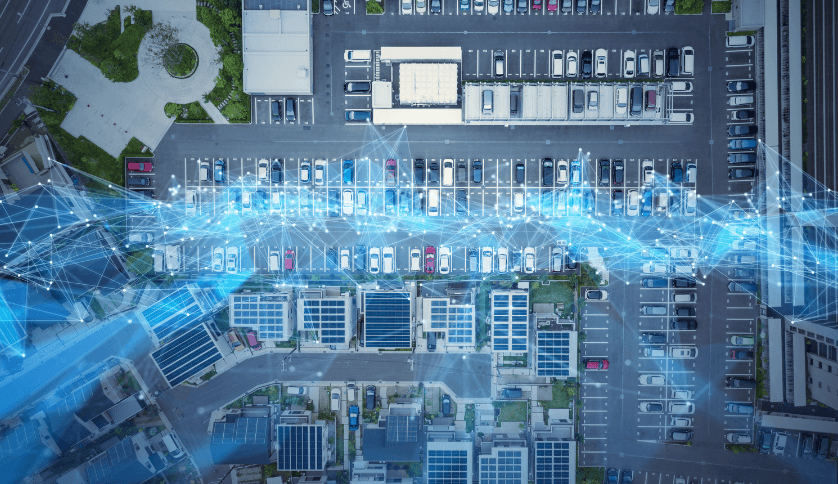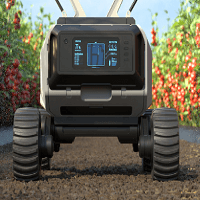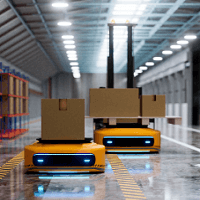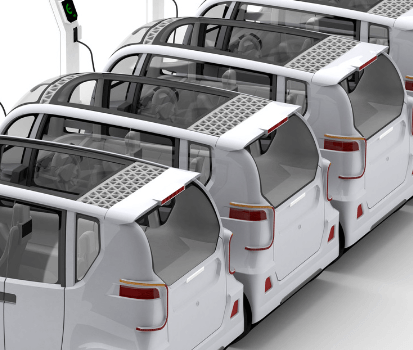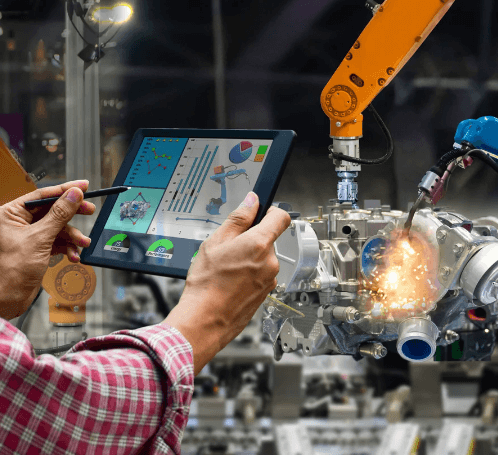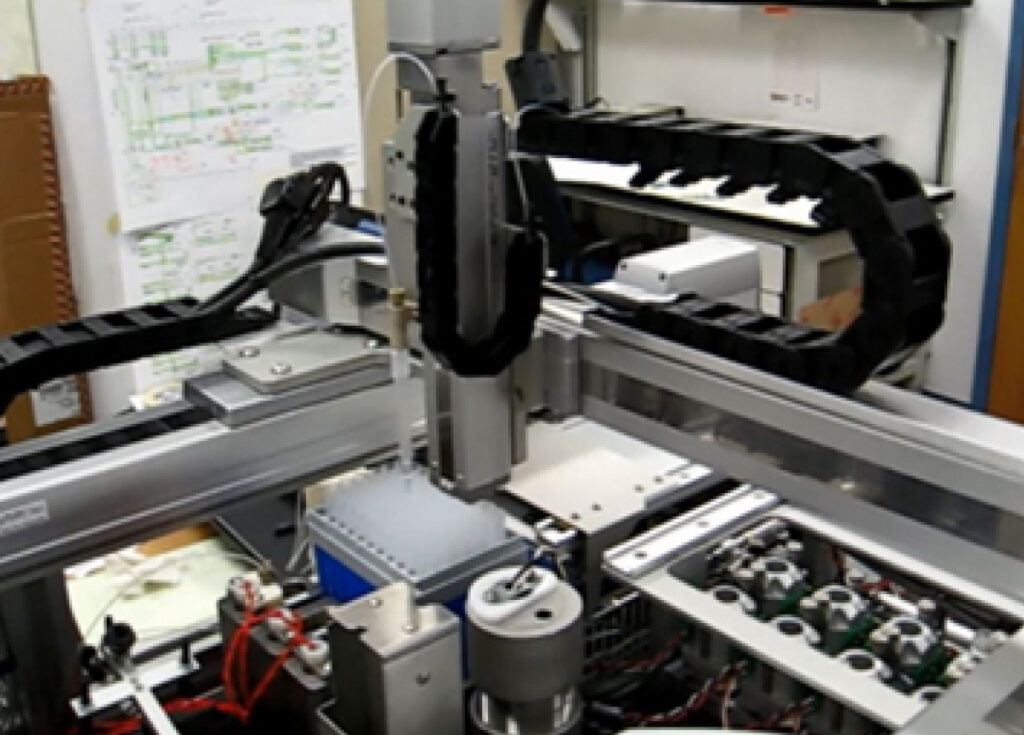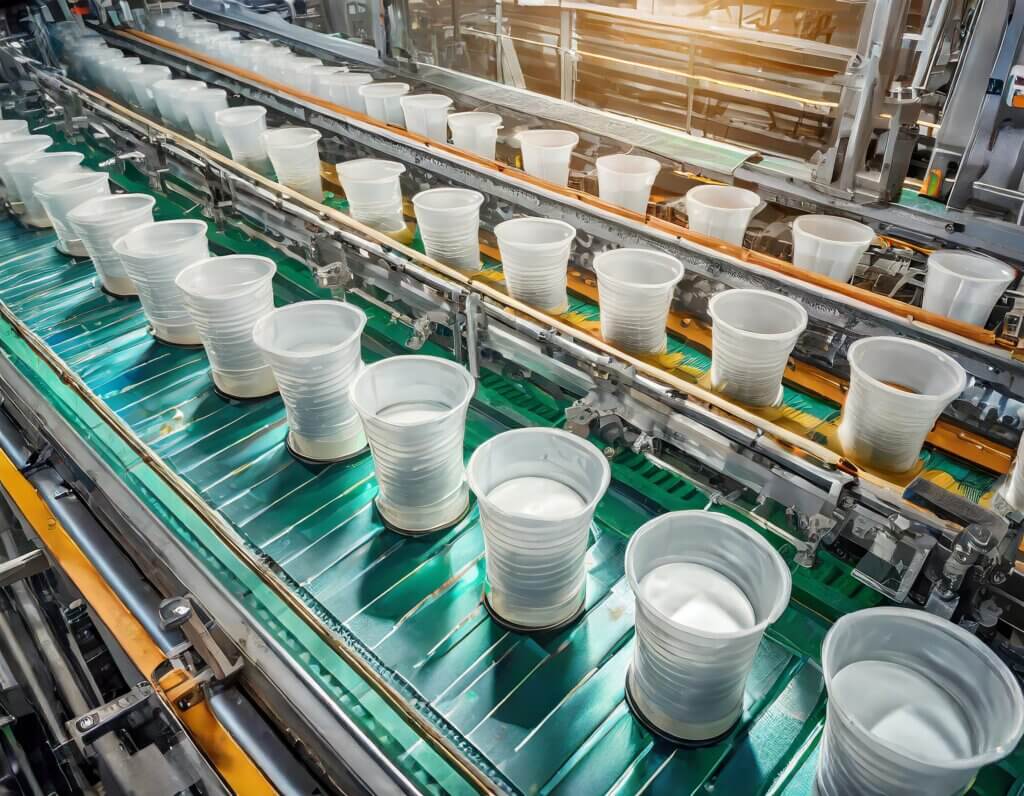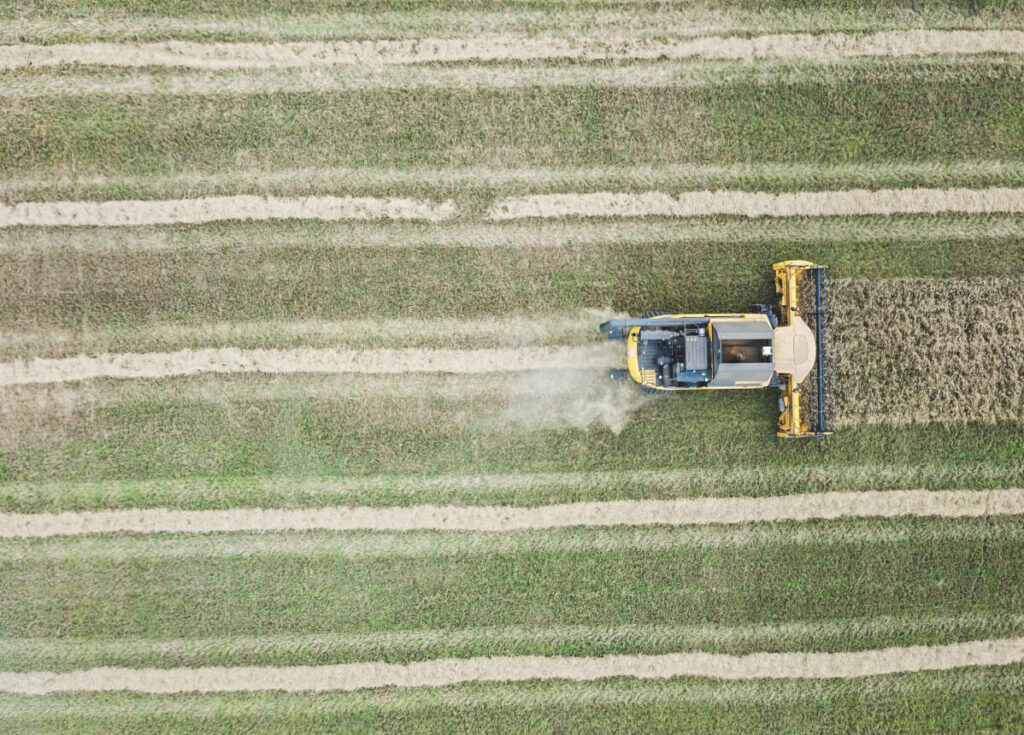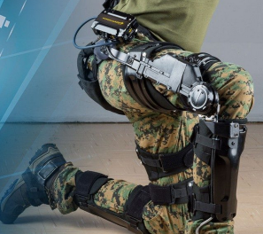Visual Servoing and Sensor Fusion in Robotics
The Power of Visual Servoing in Robotics
Visual servoing is an advanced technique that gives robots the gift of sight. It uses visual feedback from cameras or other imaging sensors to control the motion of a robot, allowing it to adapt to its environment in real-time. This technology makes robots more flexible, precise, and efficient in their operations.
The Power of Sensor Fusion in Robotics
Sensor fusion is the process of integrating data from multiple sensors to produce a more accurate, reliable, and comprehensive understanding of an environment or system. This technique is crucial for creating truly autonomous robots that can navigate and interact with complex, real-world environments.
Key Benefits of Visual Servoing:
- Accurate location of parts, even in non-predefined positions
- Real-time adjustments to account for variations in part sizes or positions
- Integrated quality control during assembly processes
Advantages of Sensor Fusion:
- Enhanced accuracy through multi-sensor data integration
- Increased reliability with redundancy in sensor data
- Reduced latency for faster decision-making
- Expanded coverage area for a more complete environmental picture






